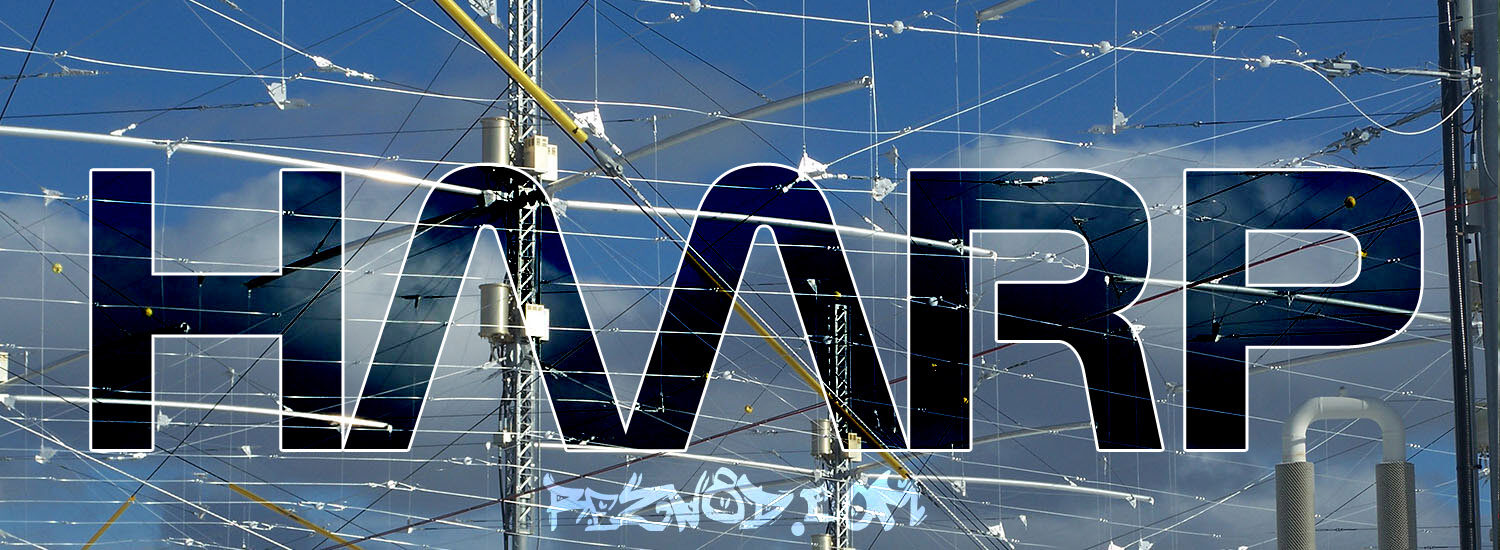Let the conspiracy theories resume! Alaska’s High-Frequency Active Auroral Research Program (HAARP) facility will reopen in 2017. The sprawling facility now is under the ownership of the University of Alaska Fairbanks (UAF), and the UAF Geophysical Institute is preparing HAARP for a new sponsored research campaign that’s set to begin early next year, UAF Researcher Chris Fallen, KL3WX, told ARRL.
“This involves, for example, reinstalling the vacuum tubes in each of the 10 kW amplifiers — eventually 360 in total — that were removed by the US Air Force [the facility’s former owner] for warm storage in the main facility,” Fallen said. He noted that the transmitter shelters have been unheated since the previous campaign in the summer of 2014. “The five generators — approximately 3 MW each — have recently been tested individually and are verified operational.”
Fallen said the HAARP ionosonde (DPS4D “Digisonde”) will be brought back online. “Some instruments on site need to be repaired or replaced,” he said. Those would include riometers and a UHF radar. “Optical instruments will be brought back. The flux-gate magnetometer is operational again.”
Fallen said other researchers are planning to install instruments at the science pads. “We are still investigating models for increasing Amateur Radio involvement with HAARP, which, in addition to announcing operating schedules, can potentially include hosting one or more ham stations on or near the science pads,” he said.
UAF describes HAARP as “the world’s most capable high-power, high-frequency transmitter for study of the ionosphere.” Constructed in 1990 at a cost of some $300 million, HAARP over the years has inspired a wide range of conspiracy theories that became grist for late-night radio talk shows. Some have claimed that HAARP’s 3 GW transmitter and 30-acre antenna farm have been used to control the weather, while others have argued that HAARP has caused earthquakes.
The FCC recently granted two Part 5 Experimental Service licenses for HAARP ionospheric research “across multiple bands.” WI2XFX will cover experiments in discrete parts of the HF spectrum, including 2650-2850; 3155-3400; 4438-4650; 4750-4995; 5005-5450; 5730-5950, and 7300-8100 kHz. A second Experimental license, WI2XDV, covers ionopheric research between 1 and 40 MHz.
UAF is hosting an open house at HAARP, located near Gakona, Alaska, on August 27. The event will feature facility tours, a mobile planetarium, a permafrost exhibit, science demonstrations and talks, and barbecue.
Fallen will deliver a free science lecture on Friday, August 26, at the Wrangell-St Elias National Park Visitor Center Auditorium, “Radio Modification of the Ionosphere, and Who Uses This HAARP Thing Anyway?” in partnership with the Wrangell Institute for Science and the Environment (WISE)
HAARP is aimed at studying the properties and behavior of the ionosphere. Operation of the research facility was transferred from the US Air Force to the University of Alaska Fairbanks last August, allowing HAARP to continue exploring ionospheric phenomena via a land-use cooperative research and development agreement.
Source: ARRL.org

